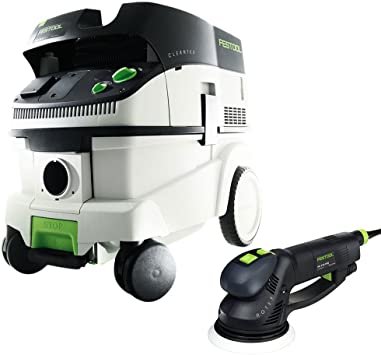LeoKa
Guru
- Joined
- Apr 15, 2017
- Messages
- 1,150
- Location
- USA
- Vessel Name
- Ironsides
- Vessel Make
- 54' Bruce Roberts steel sailboat hull, coastal LRC, 220HP CAT 3306.
I want to paint the topside next month, when the boat is pulled out at the yard for bottom paint/zincs/etc.
The top layer (white) on the upper side is peeling off heavily. The primer underneath the white, is a black paint and very solid. I’d like to keep the primer unharmed. What is the best way to remove the top layer?
I took down some of it with high pressure wash, but it is very slow and not all sections can be removed. See photo.
This morning I tried a heat gun, but the top paint did not even get soft.
So, what method any of you would recommend? I will have few days on hard.

The top layer (white) on the upper side is peeling off heavily. The primer underneath the white, is a black paint and very solid. I’d like to keep the primer unharmed. What is the best way to remove the top layer?
I took down some of it with high pressure wash, but it is very slow and not all sections can be removed. See photo.
This morning I tried a heat gun, but the top paint did not even get soft.
So, what method any of you would recommend? I will have few days on hard.


